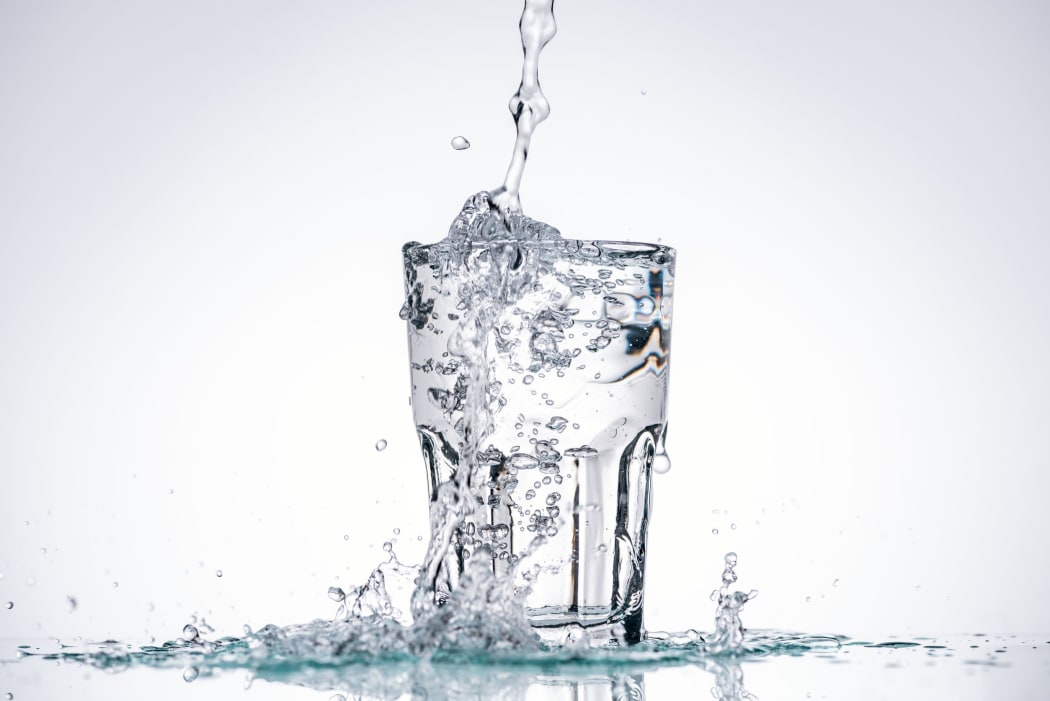Laura McDonald learns the backstory to the discovery of lead contamination in the environment.

Photo: 123rf
Follow Our Changing World on Apple Podcasts, Spotify, Stitcher, iHeartRADIO, Google Podcasts, RadioPublic or wherever you listen to your podcasts
After the incident in Waikouaiti in Otago where toxic lead was found in the towns drinking water, there has been much question as to where the lead is coming from. After talking to geochemist Mike Palin, his findings suggest that the lead is very low in the natural waters indicating that the lead is likely coming from the towns water pipes, which are in the process of being removed and replaced. Lead is toxic, so why is it that it’s in the water pipes beneath our towns that deliver our drinking water?
This links to an interesting controversy that started in the 1950’s with a geochemist named Clair Patterson. For his PhD, Clair Patterson was tasked with figuring out the age of the earth using lead isotopes in meteorites. However, he came across some difficulties due to the high concentrations of lead in the environment making it impossible to decontaminate and measure the lead in his meteorite samples. After building a clean laboratory Patterson figured out the age of the earth, and his next mission was to address the issue of the lead contamination in the environment.
During this time lead was being used as an additive to petrol as it improved motor performance and was also being used in water pipes, taps, paint and even children’s toys. Clair Patterson advocated to the US government to get lead removed from these sources as he claimed that it was contaminating the natural environment. To this, the petroleum companies argued that lead is natural in the environment and that the lead from petrol is hardly contributing to the lead already present in the atmosphere. They also brought a medical doctor on board, Robert Kehoe, who claimed that there was no evidence that lead was toxic to humans. For Clair Patterson to prove that lead was contaminating the environment he collected a range of evidence which included ice cores from Greenland and samples of deep ocean water which proved that lead had only been occurring in such high concentrations since it was added to petrol in the 1920’s. After years of work Clair Patterson finally won his battle when the US passed the Clean Air Act in 1970 and when lead was subsequently banned from paint in 1977 and from petrol in 1986.
Although lead is thankfully no longer in modern paint, pipes or petrol it is still present in paint in older houses and old water pipes beneath our towns that deliver our drinking water. Mike Palin’s best advice is to flush your water through your taps in the morning for five minutes as water that sits in the water pipes overnight will have higher concentrations of lead.

